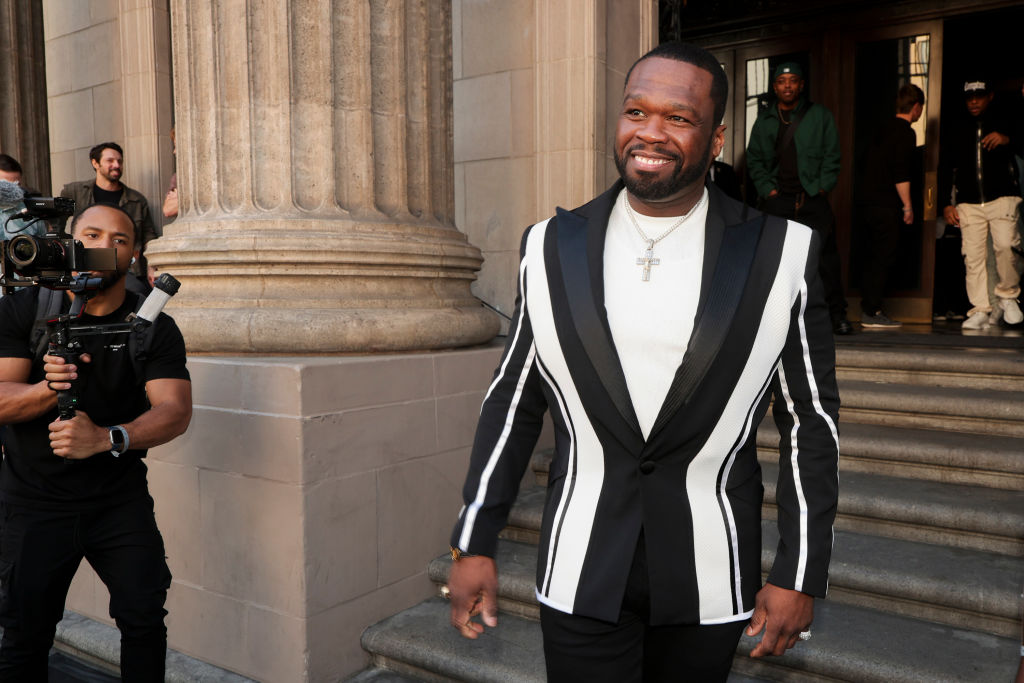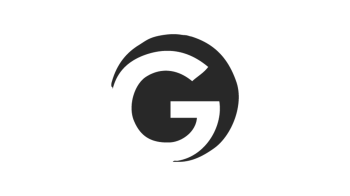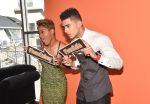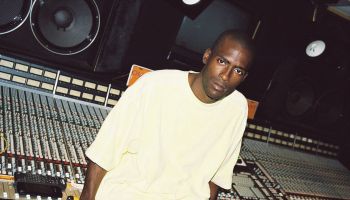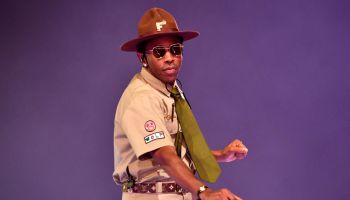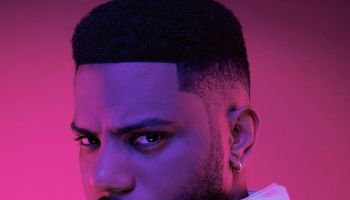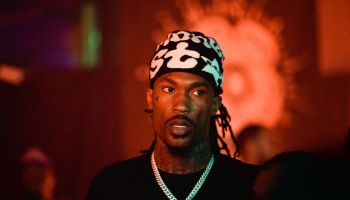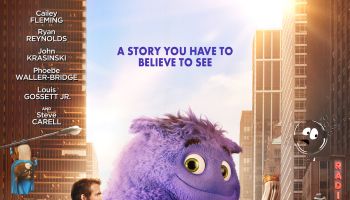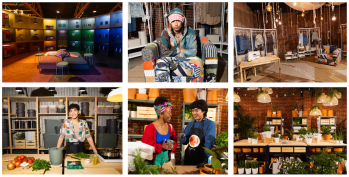When working in the fashion industry, the quest to tap into something or someone that will shake up the terms of normalcy is an endless looming adventure. At the close of the merry-go-round of high-end brands showing at Fashion Week, only to be greeted by lower end replicas, the discovery of Royal Jelly Harlem was both unexpected, and welcomed eagerly with a perfect pricepoint to match.
The New York City-based line (as its name implies) is a perfectly thought-out myriad of 100 percent cotton imported from West Africa in traditional prints, crafted into vintage silhouettes for both men, women, and most recently, baby. There is no elastic give, there is no stretchy panel, just good old fashioned authentic tailoring that gives RJH a fit to admire.
Behind the line, with a soothing raspy voice and the quick wits that can only be bred exclusively in New York City, is Maya Gorgoni, who got the inspiration to start the line after a visit to West Africa put her in touch with prints and silhouettes she just couldn’t get enough of. Armed with her mother’s expertise as a retiree from the fashion world, and Maya’s own panache for personal flair, the two successfully banded together to build the groundwork for Royal Jelly Harlem, and we’re sure this isn’t the last you’ll be hearing of it.
GlobalGrind: Tell us the concept behind your line, Royal Jelly Harlem. Where did the name come from?
Maya Gorgoni: The name came about because there’s a well-known cartoon in Europe called Maya the Bee. I was always referred to Maya the Bee growing up. I always knew that the bee would have something to do with our logo. Royal jelly is what the queen bee is fed after she is chosen by the hive and it’s what makes her fertile, it’s what makes her big and the queen and it’s rare; it’s difficult to cultivate. And Harlem because that’s where I’ve been living for the last 5 years.
I love how you and your mother collaborate on the line. Was the idea your brain child or something you and your mother cooked up together?
It was definitely an idea of mine and she backed me up. My first trip to Africa in ’04-’05, I visited a few countries, and was very inspired by everything. But coming back, I brought fabric back with me, and I was like ‘what can I do with this amazing fabric? How can I offer the beauty to everyone?’ I did in some ways want to westernize the idea of African fabric. I wanted to see this amazing fabric in this beautiful silhouette, so I tried that. I tried it on a few pieces for myself, then for that Christmas in 2010, I made a bunch of towels, I did the border in African fabric and gave them for gifts to my friends.
From there I thought it was endless! The creativity just kept going in my mind, and I was pulling out vintage dresses from my archive and being like ‘this is the dress, I want see it in that print.’ And that’s how it started and then my mom was seeing the vision, enjoying it herself, she also has a background in fashion and she was retiring that following year, so it kind of went into the next phase.
Did you always want to be a fashion designer?
I had no idea what I wanted to do. I was born and raised in New York City. I went to Binghamton University. Double majored in physiology and Italian. I had about 6 years in luxury hospitality/ luxury bouquets. And I managed a few lounge bars with the W hotels. The fashion thing was just…I guess I was always a fashionista. No formal training. Never went to school for it. I just really knew my body type and I knew what looked good on me. I knew what shapes I liked and what looked the most flattering on most women. It started from my closet. I was like, this was like one of my favorite dresses and that’s become my new favorite African print, I want to see what it looks like. It just became an experiment that obviously turned out well.
Tell us about Royal Jelly Harlem’s transition from clothing, to chairs, accessories, to bedding. How did that progression come about?
It really came about because we started to become so obsessed. It was like a frenzy everyday and then my mom would have ideas. It just became obsessive really, but it became part of the excitement too. Every week it was like ‘OMG, I saw this silhouette we got to do and we got to have this print and it has to be this way.’
Working with your mom can be hard when it comes to agreeing on things, especially fashion. How is the working relationship with you and your mom?
[laughs]. There definitely are days when neither one of us talk to each other and we both realize that we need a break. And then Royal Jelly Harlem ultimately ties us back, because people are asking for things and we have deadlines, so let’s get over our personal issues and move forward. Everything we do is a compromise. I think working with family is always a touch and go, but it’s equally pleasurable.
More exciting things are coming down the pipeline for the brand, like the new baby line of clothing. What has been sorted out with that thus far?
It’s trademarked. We have the business name. We now have just made samples of the Jelly Bee’s which is our baby line, hopefully we’ll get a nice little order and then we will do our larger production, otherwise we will do a smaller production for ourselves. We have the samples now and we will see where it goes. I am super excited about that.
Who is the ideal person you would want to see rocking Royal Jelly Harlem?
I want everybody in it! I can’t even classify one or a certain person or even a celebrity, because I see how wearing the prints in the silhouettes that we made, how it changes. I can see people’s faces change as I walk down the street; it makes them happy. People smile. You’re pulled into some of the prints because they are so different; so original.
And since you’re the master at producing prints, what advice would you give for mixing and matching prints effectively?
You don’t get it right the first time. Playing in front of a mirror is fun. Be free and try it out!
Shop the collection here: Royal Jelly Harlem
